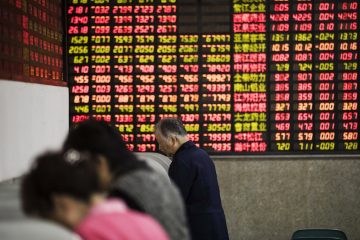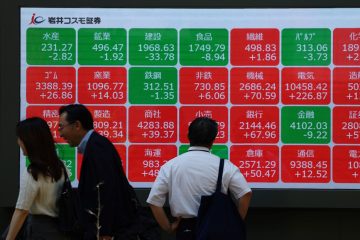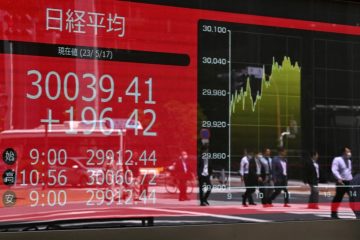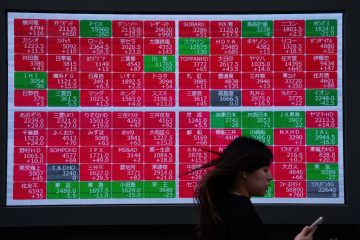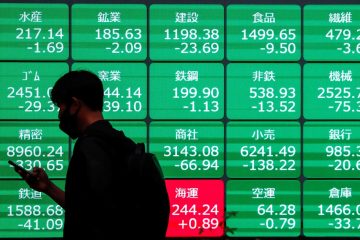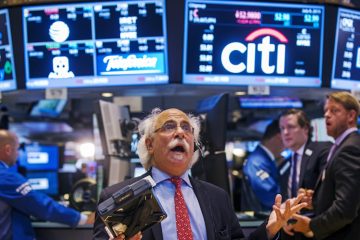Wall Street falls as Nvidia falls on US chip export bans to China
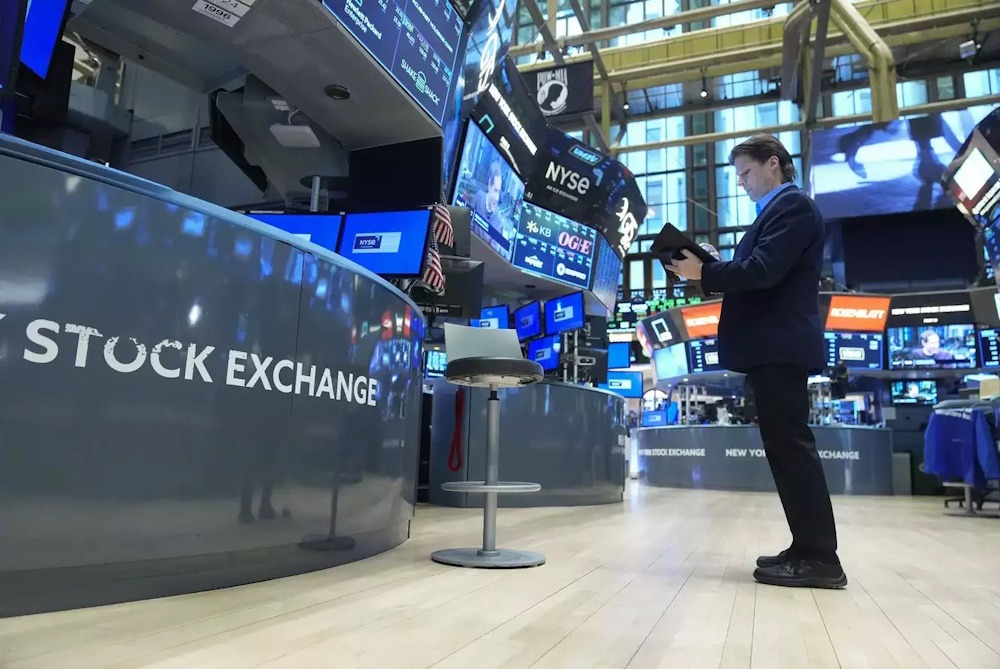
Wall Street experienced a decline as Nvidia faced a downturn following the announcement of new US chip export restrictions to China. Global equities experienced a downturn on Wednesday, driven by U.S. restrictions on semiconductor sales to China and ongoing tariff uncertainties that negatively impacted technology stocks. Meanwhile, gold prices reached unprecedented levels, and the dollar struggled to gain traction. MSCI’s global stock index experienced a decline of approximately 1%.
In a notable downturn, the Dow Jones Industrial Average experienced a decline of 1.8%, while the S&P 500 saw a drop of 2.5%. The tech-focused Nasdaq Composite faced the steepest fall, plummeting by 3.6%. Washington has announced updated export licensing requirements for the sale of Nvidia’s H20 and AMD’s MI308 artificial intelligence chips to China. Nvidia announced that the decision would result in a $5.5 billion impact, leading to an 8% decline in its stock price.
Paul Christopher, a strategist at the Wells Fargo Investment Institute, noted in a report on Wednesday that capital markets are currently navigating a complex landscape, influenced by developments regarding new tariffs as well as ongoing negotiations and potential suspensions related to these tariffs. U.S. economic growth is showing signs of deceleration, according to Federal Reserve Chair Jerome Powell’s remarks on Wednesday. He highlighted that consumer spending is experiencing modest growth, while an influx of imports aimed at circumventing tariffs is expected to impact gross domestic product estimates negatively.
On Wednesday, new data revealed a significant increase in U.S. retail sales for March, driven by a rise in household purchases of motor vehicles in anticipation of upcoming tariffs. However, apprehensions regarding the economic outlook are negatively impacting discretionary spending. “Chris Zaccarelli, chief investment officer for Northlight Asset Management, indicated in an email that there is a strong possibility consumers are front-loading their purchases, suggesting that the market may be witnessing an artificial increase in sales that could be overlooked.”
On Wednesday, President Donald Trump initiated an investigation into the possibility of imposing new tariffs on all imports of critical minerals, in addition to ongoing reviews concerning pharmaceutical and semiconductor imports. Beijing is taking a firm stance, with reports indicating that the government has instructed airlines to halt deliveries of Boeing aircraft.
European equities experienced a decline today, as the STOXX 600 index recorded a decrease of 0.2%. Asian stocks experienced a significant selloff that intensified during the afternoon trading session. MSCI’s comprehensive index tracking Asia-Pacific shares outside Japan experienced a decline of 0.8%, effectively ending a four-day streak of gains. Chinese blue chip stocks experienced a modest increase of 0.3%, as market participants absorbed robust GDP figures that were released prior to the tariff hikes in April. In contrast, the Hong Kong Hang Seng index saw a decline of 1.9%.
“The overarching emphasis continues to be on tariffs,” stated Aneeka Gupta, economist and strategist at WisdomTree. “In China, the recent restrictions have sparked concerns regarding the potential for further limitations on access to global tech hardware,” Gupta stated. “This is contributing to a prevailing risk-off sentiment within the market.”
The White House has indicated that President Trump is receptive to the prospect of a trade agreement with China, contingent upon an initial gesture from Beijing. The World Trade Organization has significantly revised its forecast for global merchandise trade, downgrading expectations from robust growth to a projected decline. This adjustment, announced on Wednesday, highlights concerns that additional U.S. tariffs and their subsequent effects could result in the most severe downturn since the peak of the COVID pandemic.
Gold continues to thrive amid prevailing uncertainties, achieving a remarkable milestone as bullion reached a record high of $3,331 per ounce, reflecting a notable increase of 3.2%.
On Wednesday, Australian bank ANZ revised its gold price forecast, projecting that the precious metal could reach $3,600 an ounce by the end of the year. The bank cited an increase in safe-haven demand for gold as a key factor driving this anticipated surge.
The U.S. dollar index, which measures the currency’s performance against six major counterparts, experienced a decline of 0.7%, reaching levels not seen since April 2022. This movement indicates a prevailing sense of caution among investors regarding U.S. assets. The Japanese yen and Swiss franc, traditionally viewed as safe-haven assets amid market volatility, experienced gains of approximately 0.6% and 1%, respectively. The yen is currently trading at its highest level since September, while the franc has reached its highest point in a decade.
Bank of Japan Governor Kazuo Ueda indicated in an interview with the Sankei newspaper that the central bank might be compelled to implement policy measures should U.S. tariffs adversely impact the Japanese economy, suggesting a possible halt in the current rate-hiking trajectory. In a notable shift, investors have turned their attention to European government bonds amid a decline in stock prices, while simultaneously avoiding U.S. Treasuries.
The benchmark 10-year Treasury yield experienced a decline of 3.8 basis points, settling at 4.285%. This follows a significant surge in yields last week, driven by rising concerns regarding the stability of the U.S. economy. Market participants in short-term interest-rate futures are anticipating that the Federal Reserve will initiate rate cuts in June. They project that by the end of the year, the policy rate, which currently stands between 4.25% and 4.50%, will decrease by a full percentage point.
On Wednesday, oil prices experienced an increase of approximately 1.8%, recovering from earlier declines. This uptick was driven by a positive market sentiment regarding China’s position on possible trade negotiations with the United States. However, the gains were moderated by ongoing concerns that the trade conflict may negatively impact energy demand. In the realm of cryptocurrencies, bitcoin experienced a 0.7% increase, reaching $84,604, although it remains nearly 10% lower year-to-date.


